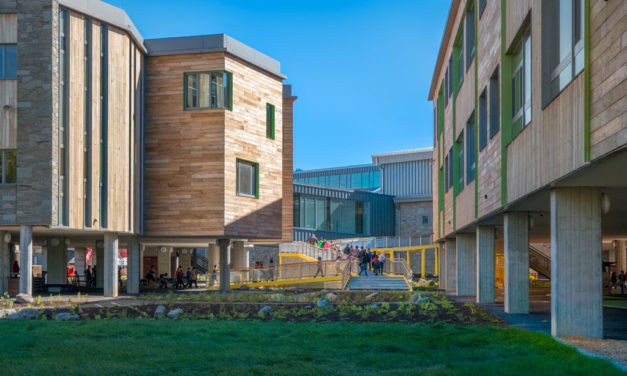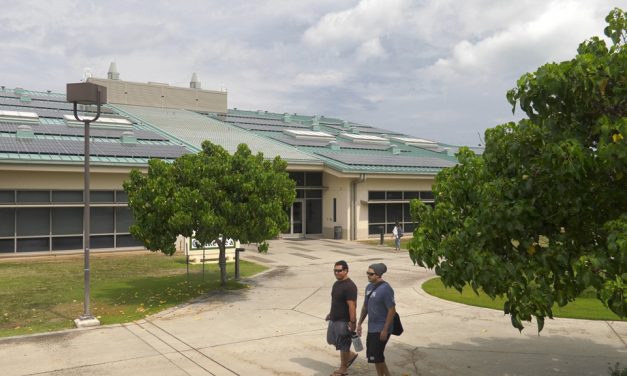America’s Cement Producers Urge Congress to Reauthorize Legislation to Maintain and Improve the Nation’s Water Infrastructure
The Portland Cement Association (PCA) June 6, urged Congress to reauthorize federal legislation needed to build, maintain and improve the nation’s water infrastructure. The U.S. House of Representatives is considering two-year reauthorization of the Water Resources Development Act (WRDA) of 2018 (H.R. 8), while the U.S. Senate is considering companion legislation, America’s Water Infrastructure Act (AWIA) of 2018 (S. 2800).
Read More


